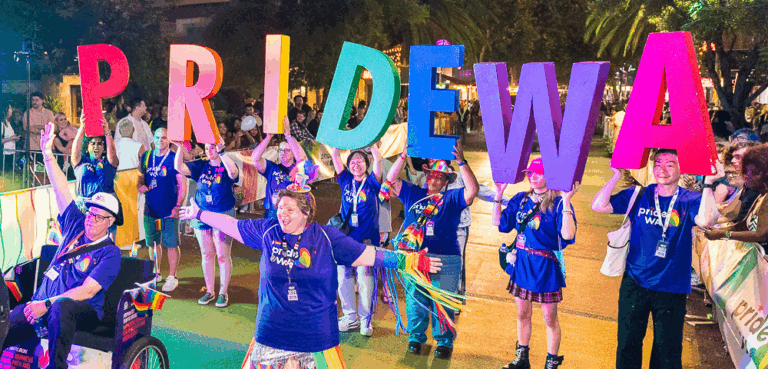
Mardi Gras’ significance in Australian LGBTI history
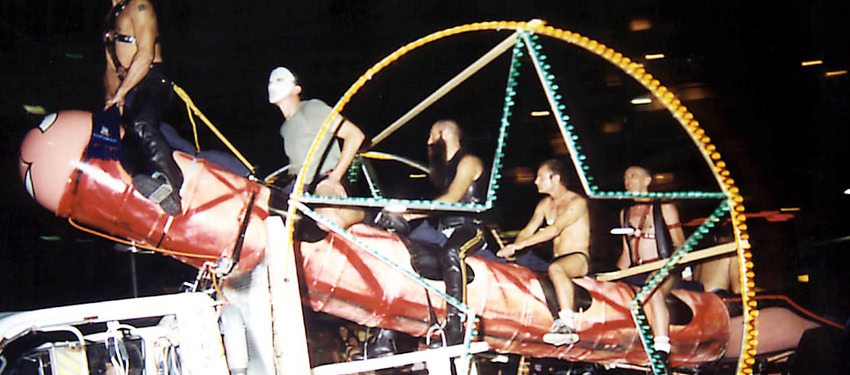
MARDI Gras. For many, both here and overseas, it is gay and lesbian Australia. The parade, the parties, the costumes, the buffed bodies, flamboyant, exuberant, and celebratory.
However, some know — and others are kind of vaguely aware — that it wasn’t always like this.
In 1978 an International Day of Gay Solidarity was held, mainly to support our brothers and sisters in the US who were coming under serious attack from the right. In Sydney, they had a demo in the morning, a seminar in the afternoon and — for something a bit different — a parade at night.
People, they decided, would dress up. There would be music and it would take to the streets after dark in Oxford St, then just replacing Kings Cross as the centre of gay social life.
But for whatever reason, the police decided halfway through they’d had enough. Perhaps they had bribes to collect, or street people to bash. They revoked the march’s permit, expecting that the dancing queens would slink off home. Imagine their surprise.
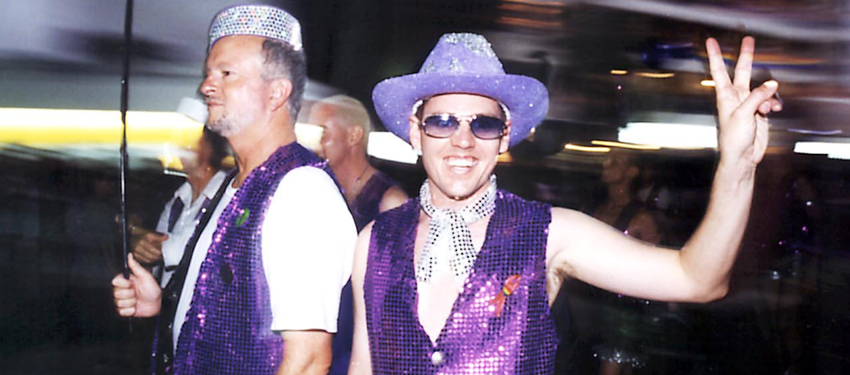
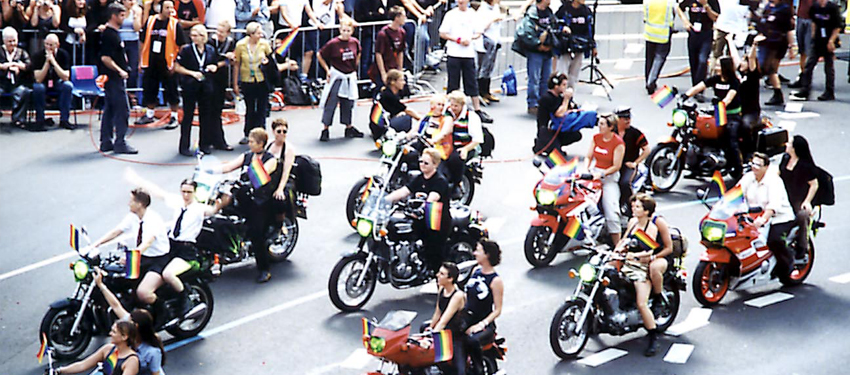
“Riot” is perhaps too strong a word for what happened, but there were “ugly scenes” as lesbians and gay men, and random supporters, fought back. And for the next few months, they kept fighting back. After half a decade of quiet slogging-away at all the little issues that blighted gay and lesbian lives and needed to be redressed, defiance was back. The movement took a great leap forward.
A year later, what had been intended as a one-off demo had to be staged again — to prove the cops hadn’t won. A tradition was born.
Eventually, the defiance ebbed away and the celebratory took over. February replaced June. The march became a parade. A festival was tacked on. The parties were fundraisers at which drugs were discouraged.
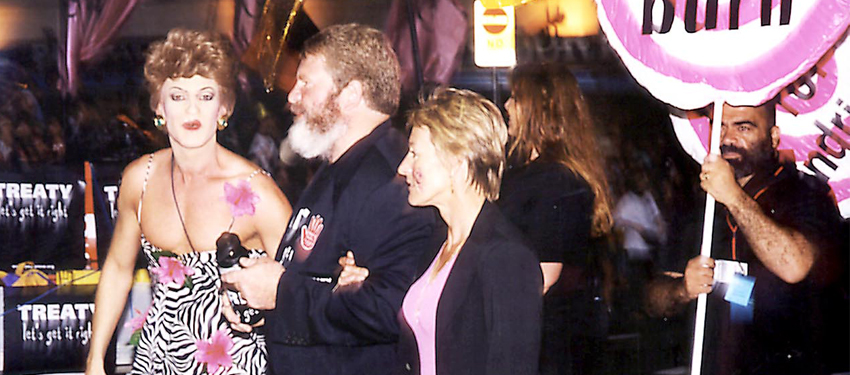
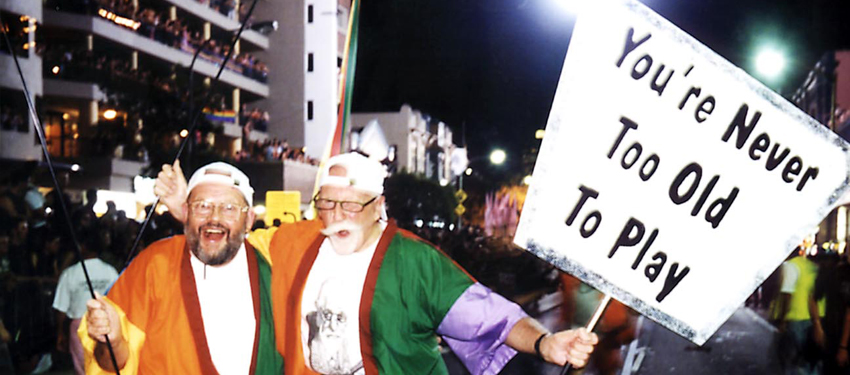
For longer than anyone would have imagined the Mardi Gras Parade and the Party have been part of Sydney’s events calendar. The gay and lesbian community — and eventually its new friends: bisexuals, trans* and intersex people, its mums and dads and members of parliament — rallied in a kind of Anzac Day for queers. Old friends were found, or mourned; old battles were relived, new ones plotted. Other cities followed suit with fairs, festivals and parades. Then small towns.
Mardi Gras isn’t what it was. It never was, really. Except in its importance. It is a revolution to dance music.
Oddly, I can’t remember my first time. But I do remember the year that the Australian Lesbian and Gay Archives marched. A small, daggy, but intensely-proud little band of us. As we marched up Oxford St, waving and thanking those who called out nice things, we approached the cameras. At last, our 15 seconds of fame. Except that the camera lights were flipped off just as we approached. Still, Julie McCrossin, who was MC’ing, had nice things to say about the value of history.
And she was right.
Graham Willett is the president of the Australian Lesbian and Gay Archives. You can become a member of the organisation’s Facebook group or visit alga.org.au
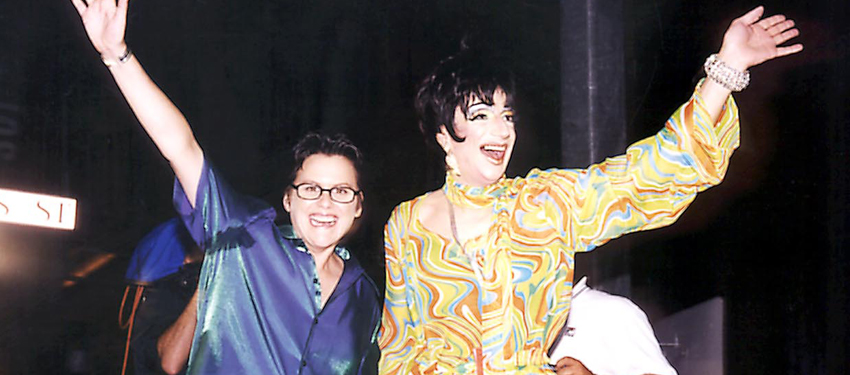
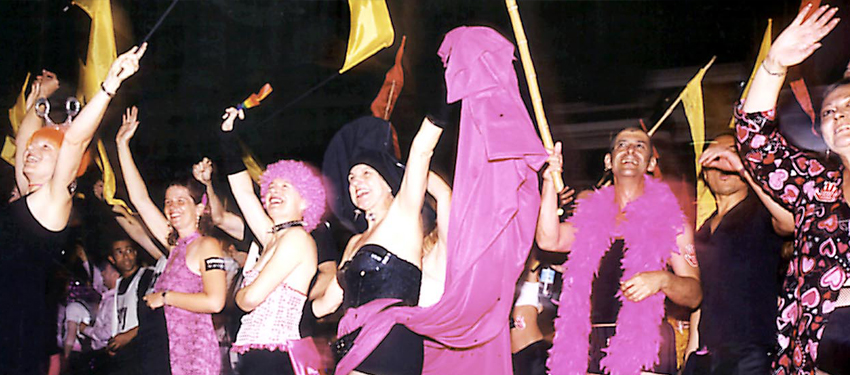
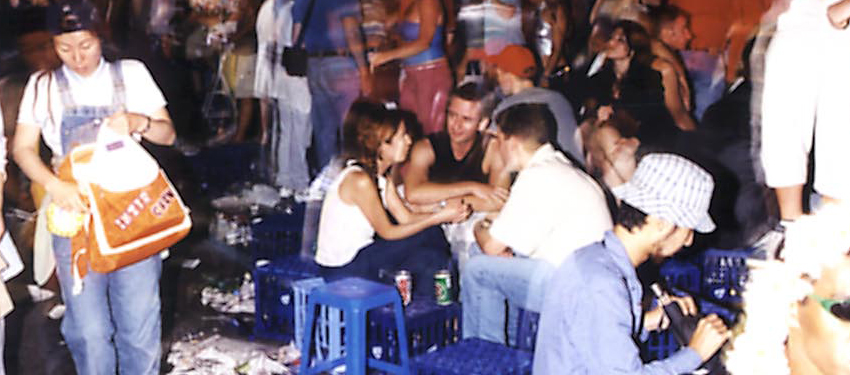
**This article was first published in the March edition of the Star Observer, which is available to read in digital flip-book format. To obtain a physical copy, click here to find out where you can grab one in Melbourne, Sydney, Brisbane, Adelaide, Canberra and select regional/coastal areas.
RELATED: HAPPY MARDI GRAS! BUT SHOULD WE BE SO HAPPY? — By former High Court judge Michael Kirby
RELATED: THE PERSONAL IS POLITICAL — By NSW Gay and Lesbian Rights Lobby convenor Justin Koonin
RELATED: WHY SYDNEY GAY AND LESBIAN MARDI GRAS IS A HIGHLIGHT ON THE CITY’S CALENDAR— By City of Sydney Lord Mayor Clover Moore
RELATED: WHY MARDI GRAS IS IMPORTANT TO ME — by Carmen Rupe Memorial Trust director Kelly Glanney
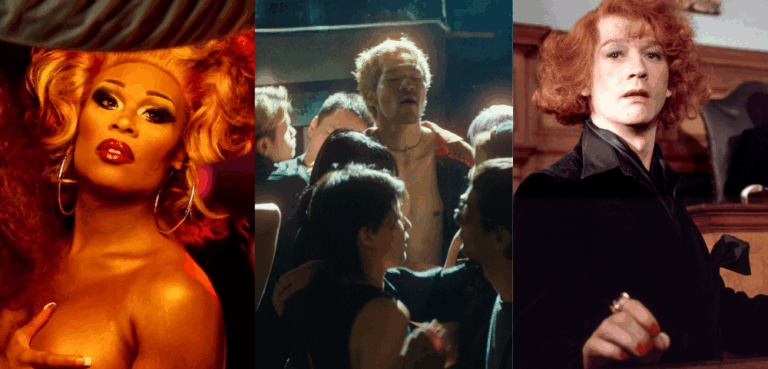
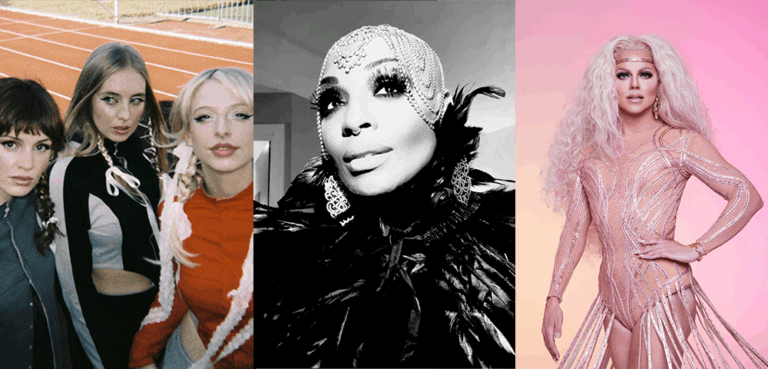

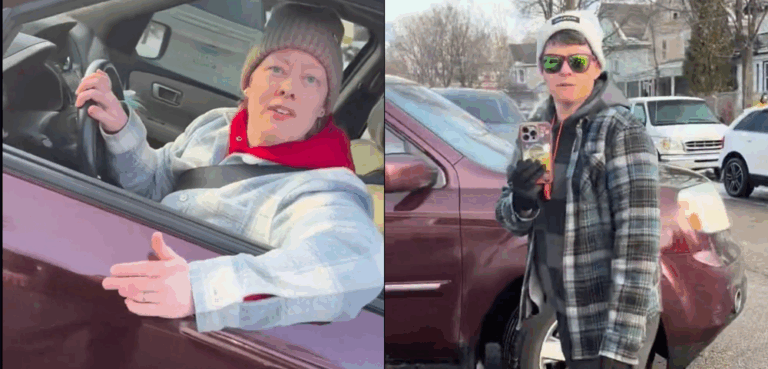

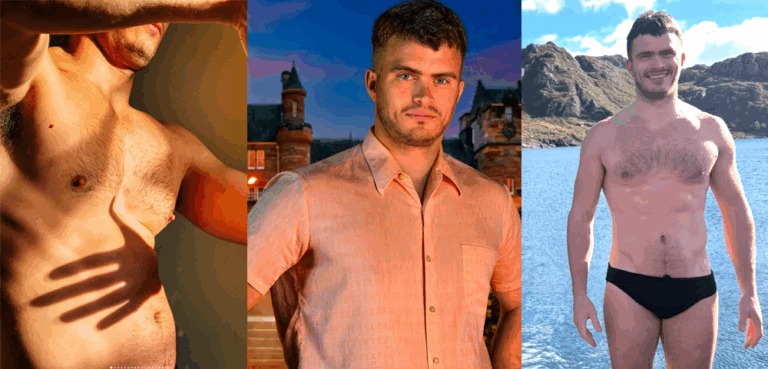
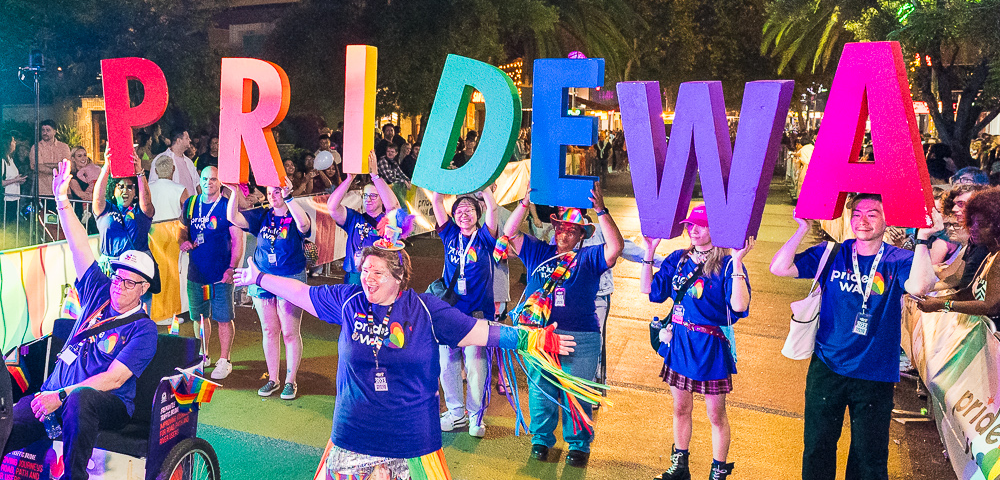
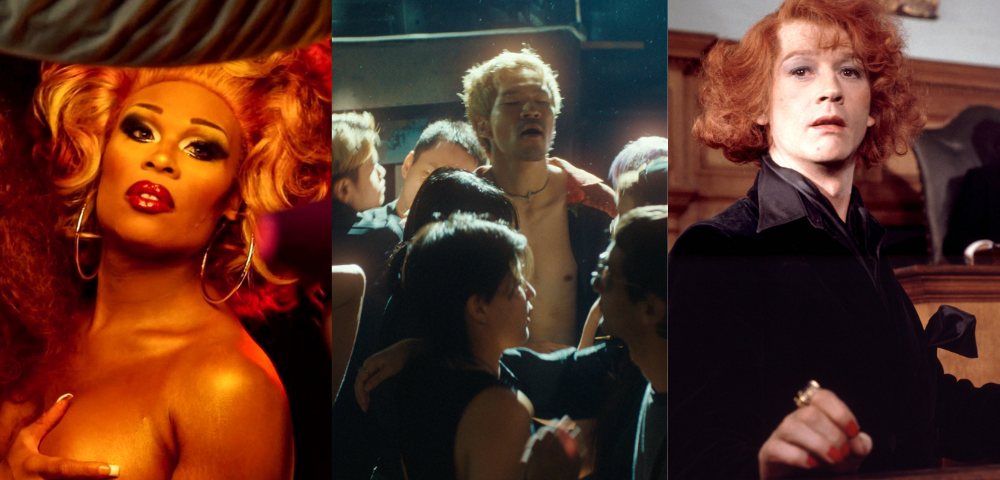
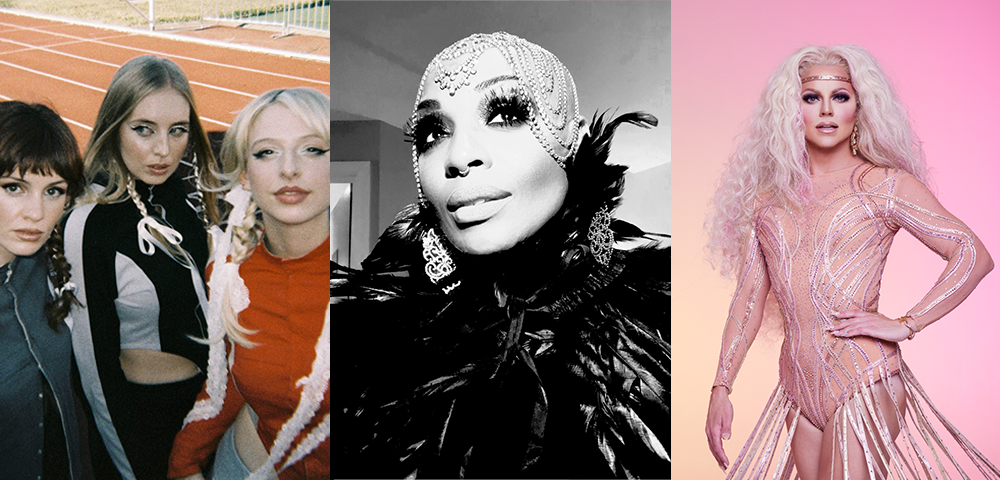


Yes, so imagined if we celebrated Anzac Day in November instead of its actual date of 25 April. How insulting would that be? The first parade of defiance in Sydney occurred in June, 1978 and that is the time that Mardi Gras celebrations should occur.
Anyone who thinks that word might be too strong or not appropriate clearly was not there. I suggest reading the publication ‘It Was A Riot’ about the first Mardi Gras and taking a close look at the photos in that publication. It was a riot. The end.
I miss riske floats like the giant penis. Its so sanitized and boring now. I prefer when it was about sexual liberation and freedom in a very uptight country
“New friends”. Kind of says it all, doesn’t it?
It WAS a riot. I was there.
‘Drugs were discouraged’?